Bosch dishwasher does not drain water
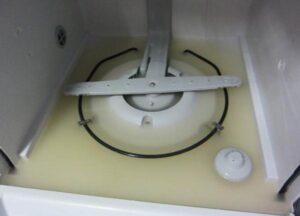 Despite the fact that every day household appliances are becoming more reliable and safer, engineers have still not been able to get rid of many faults. For example, if your Bosch dishwasher does not drain, then you have experienced one of the most common problems associated with modern dishwashers. What to do in a situation when the machine, instead of draining all the sewage into the sewer, left it in the washing chamber under the baskets?
Despite the fact that every day household appliances are becoming more reliable and safer, engineers have still not been able to get rid of many faults. For example, if your Bosch dishwasher does not drain, then you have experienced one of the most common problems associated with modern dishwashers. What to do in a situation when the machine, instead of draining all the sewage into the sewer, left it in the washing chamber under the baskets?
Initial user actions
When trouble happens to the “home assistant”, an error code is usually displayed on the display. To report a no-drain problem, error codes “E21” through “E25” are created, accompanied by a flashing “END” indicator. In most cases, a smart device will independently calculate the malfunction and report it. However, if you are using an older model, the sensors may simply start flashing instead of a digital code.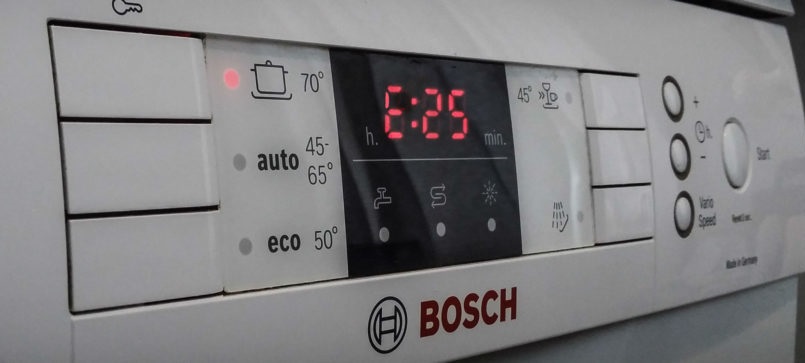
In rare situations, the device will not be able to detect the error itself and provide the user with a code. In this case, a person will learn about the remaining water in the chamber only after he opens the door of the device and discovers the accumulation of remaining liquid. First of all, you should try to deal with such a find using one of the basic methods:
- turn off household appliances so that they reboot;
- press the power button and hold it until the machine turns off.
If after these steps the water does not leave the washing chamber, then the fault is hidden in some internal element of the PMM.And if one part of the parts can be repaired with your own hands at home, then to repair another part of the elements you will have to call a service center technician.
Let's check the drain hose
First of all, you should check the hose of the device, which is usually long and narrow, which can cause it to bend. This reason is the most common, since users may, due to ignorance, place heavy objects on the hose that will interfere with the stable passage of water. If this happened with PMM, then what to do next?
- Disconnect the equipment from the power supply.
- Remove the retaining screws and remove the bottom dishwasher door.
- Use pliers to disconnect the hose.
- Place one end of the hose into the bucket, and then turn on the drain.
If there is no water, then you should next check the dishwasher itself. If water flows, but with visible difficulty, then the hose is clogged. Then thorough cleaning of the hose using a powerful jet of water or using a long wire will help you. When choosing the second option, be extremely careful and do not rush - the wire can damage the hose.
The garbage filter has not been cleaned for a long time
Another known reason lies in food residues on the dishes. Many housewives mistakenly believe that dishwashers should wash dishes themselves, even removing food residues. But if the food is not first removed from the dishes, sending it in this state to the PMM, then because of this, the internal structure of the equipment will certainly become clogged. Thus, the garbage filter will become clogged and the water will begin to stagnate.
If this has already happened, then you should clean the garbage filter yourself to restore normal operation of the equipment. To do this, strictly follow the instructions:
- remove everything from the device chamber, including all dish baskets;
- unscrew the lid located at the bottom;
- take out a glass whose edges are made in the shape of a grid;
- Rinse the garbage filter thoroughly using detergent and a small brush that can reach all hard-to-reach places.
Be sure to check the drain pump after cleaning the filter, as debris can also become clogged in the pump, making it difficult for water to drain out.
After removing food debris and other contaminants, install the garbage filter in its place, following the instructions in reverse order.
Is the pump working?
The next item on the list to check is the pump that pumps water out of the inside of the PMM. Repairing it is often either very difficult or completely impossible, so most often the element has to be replaced with a new one. To determine that the problem is in the pump, you need to listen to the sounds that the dishwasher makes during the operating cycle. The absence of sounds indicates that the pump is not working, since a normally functioning machine has a characteristic buzzing sound during operation. To replace the pump, follow the instructions: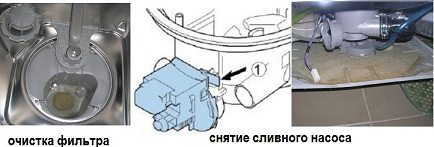
- remove all water that has accumulated at the bottom of the washing chamber after use;
- remove the filter;
- turn over the “home assistant”;
- Unscrew the retaining screws, remove the pan, disconnect the hoses;
- Using a multimeter with ohmmeter mode, check the resistance of the part, which should be in the range of 200 ohms.
In addition to resistance, it is also always worth checking the rotation of the impeller on the pump; it should be slightly strained, but without jamming.
If there is a deviation from the norm, the pump will have to be thrown away and a new one purchased.In this case, install according to the instructions in reverse order, but just in case, check the PMM wiring, and also change the gasket, since the device has already been disassembled and there is such an opportunity.
Water level sensor does not work
A pressure switch is installed in each dishwasher in order to determine the level of water collected. The sensor transmits this information to the device’s control system, which, based on this data, makes decisions on adding and draining water. Therefore, if the pressure switch is faulty, then there is no information about the pressure, and the dishwasher simply cannot function normally. This usually happens for one of the following reasons:
- the high pressure tank in the water level sensor is broken;
- the pipe connected to the pressure switch is damaged;
- contacts have oxidized due to the negative effects of water;
- mechanical damage to the part has occurred;
- the element has worn out during long-term use.
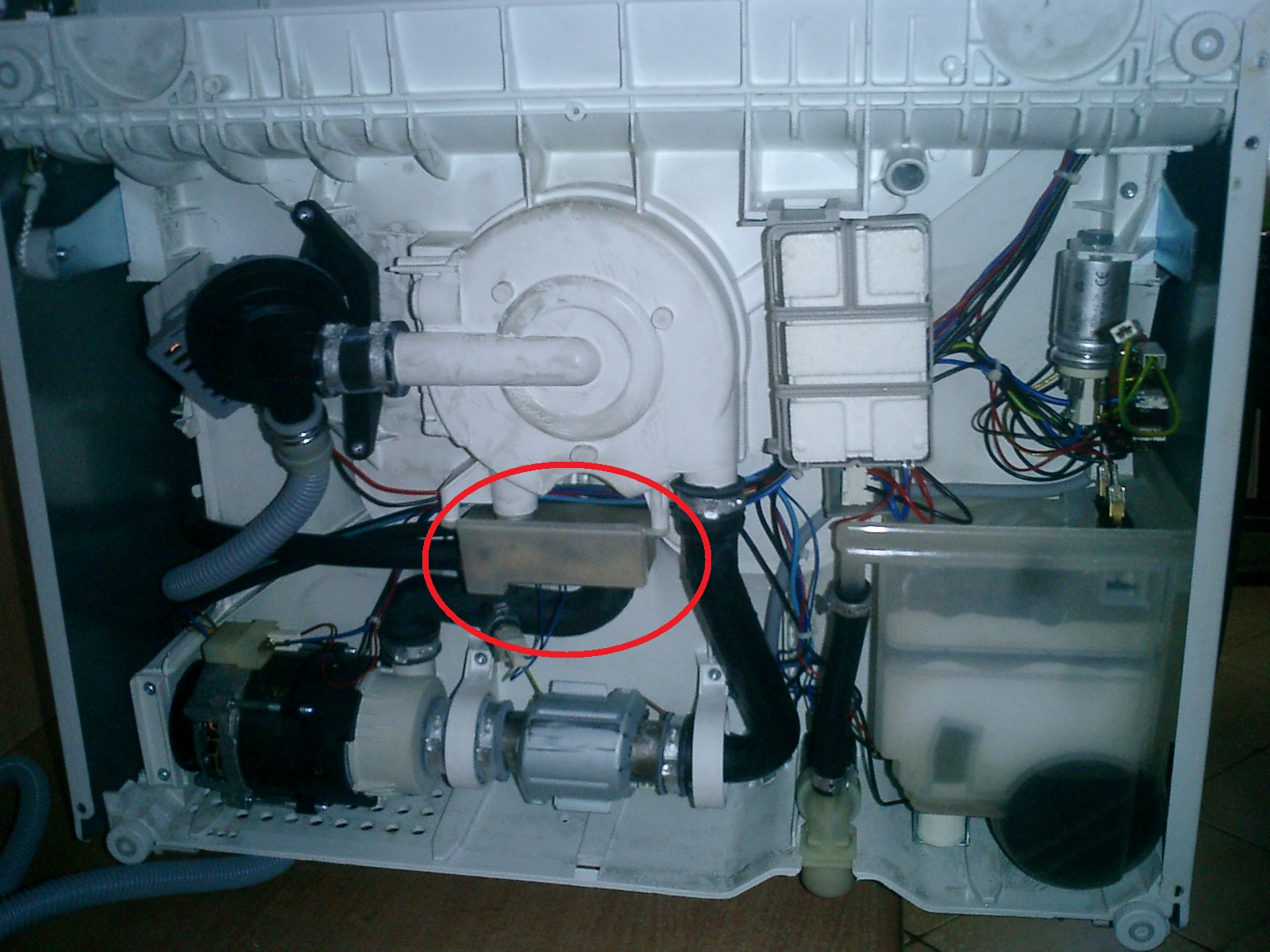
Any of the reasons mentioned above can lead to the machine refusing to drain water. To find the source of the problems, diagnose the sensor.
- Disconnect the device from electricity.
- To be safe, cover the floor with towels in case water leaks from the equipment.
- Place the device on its side.
- Use pliers to remove the tubes and reservoir.
- Examine the device for debris and other contaminants that should be removed if found.
- Try blowing into the tube and listening to see if there is a slight click. This will allow you to evaluate the performance of the pressure switch.
- Using a multimeter, check electrical continuity. The norm is resistance dropping to zero.
If the water level sensor is broken, then there is no point in repairing it. In this case, the only solution is to replace the element.
If possible, purchase only official parts from the Bosch manufacturer so that the element is 100% suitable for the PMM and will serve you for a long time.
But if even after all the described manipulations the machine still does not drain the water, then most likely the problem is hidden in the control module of the device. In this case, it will not be possible to solve the problem yourself without experience and professional knowledge, so you will have to call specialists.
Interesting:
Reader comments
- Share your opinion - leave a comment



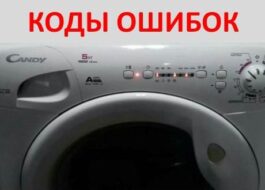

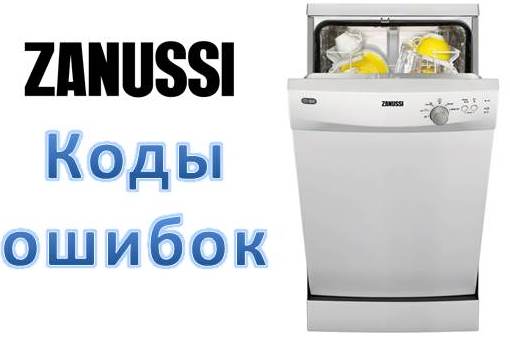















Add a comment